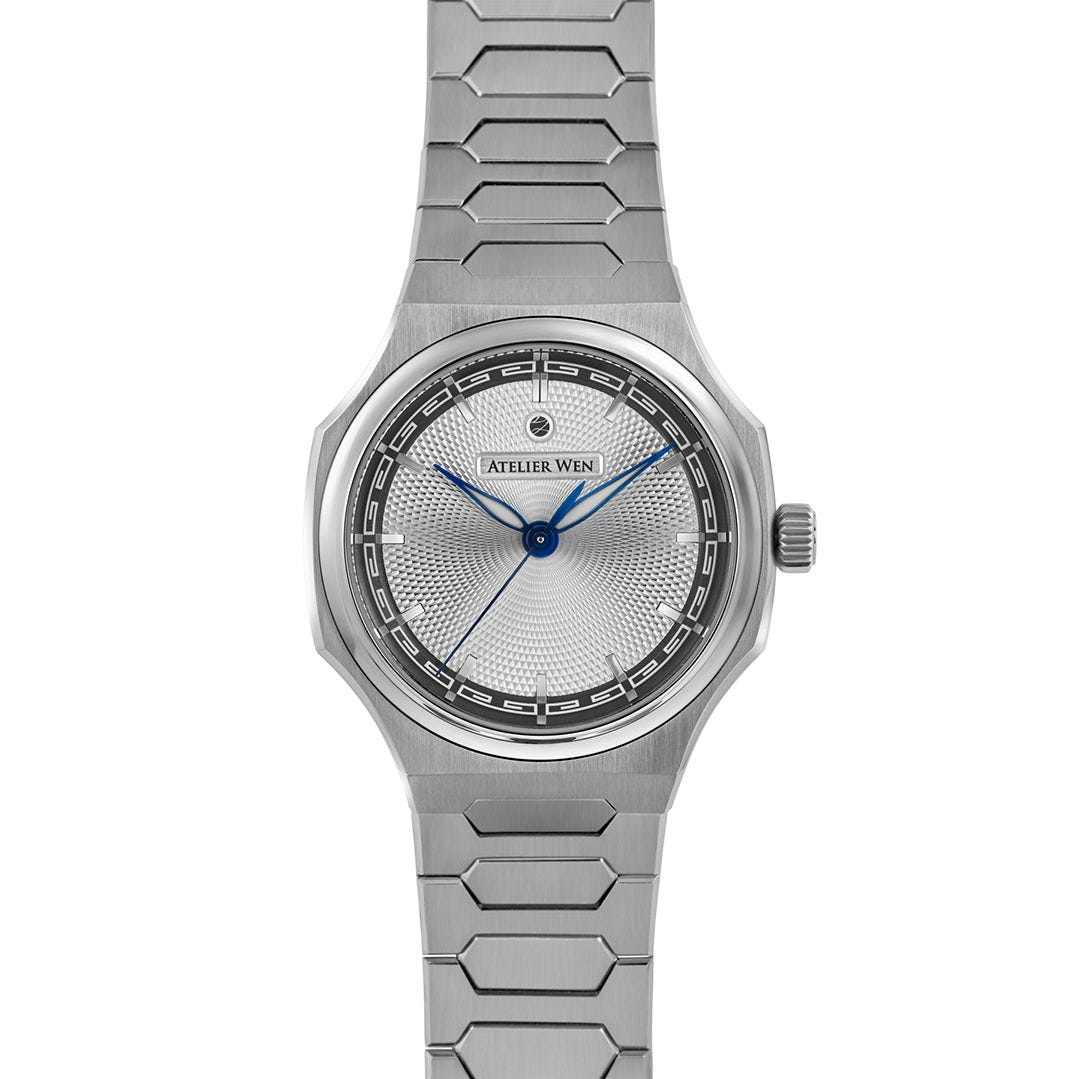Hello and welcome back to The Fourth Wheel, the weekly watch newsletter that tried something new this week, and it seemed as though you liked it. Putting out a newsflash about Bremont’s accounts on Monday morning (if you haven’t read it yet, see below) was a rare foray into actual breaking news, and I’m glad to have been the only watch writer whose priorities are so unbalanced that he found time over the weekend to scribble something on the company’s accounts. I have to confess in my haste there were a couple of mistakes in what I wrote: I accidentally conflated Bill Ackman and Hellcat LLP and if we are being picky, Bremont’s fall in turnover was closer to eight per cent than ten. (The company’s net loss was also £14m, not the £11m of my headline, but that was me taking the EBITDA figure rather than the net figure, rather than an out-and-out error).
But my point is this: your response was loud and clear. Monday’s post was among the most popular emails I’ve put out (which could make me question the sanity of writing such long opinion pieces every Friday, but that’s a thread I’m not pulling at right now). So I’ve got good news and bad: the good news is that because it worked, I’ll do it again when the time is right. The bad news is I can’t do it all the time: only when I’ve got a story that’s interesting, exclusive, and impactful will I trouble your inbox. It might not happen again for six months; it might happen next week. The rest of the time, I’ll keep passing comment on the news every Friday like normal. But thanks for such a glowing response.
This week, I’m talking about dials, internet feuds, and what happens when smoke ‘n’ mirrors come up against cold hard maths. Tuck in.
The Fourth Wheel is a reader-supported publication with no advertising, sponsorship or commercial partnerships to influence its content. It is made possible by the generous support of its readers: if you think watch journalism could do with a voice that exists outside of the usual media dynamic, please consider taking out a paid subscription. You can start with a free trial!
Here’s a little taste of what you might have missed recently:
James Thompson: Not Just ‘The Lume Guy’
Unsung Heroes: The Best Watches You’ve Forgotten Exist
Five Things Hodinkee Should Do Now
Ask Me Anything: Vol. 11
World Exclusive: Horological Dicktionary On The Record
It’s a crafty business
Earlier this week a minor Instagram feud erupted between two young watch companies on opposite sides of the globe. J.N. Shapiro fired the first shots, scurrilously calling out “a watch brand” for exaggerating the time taken to create their guilloché dials. Atelier Wen - for it was they who were under fire - responded with a post that began “It’s been rather disappointing finding out today that several fellow watchmakers and craftspeople whom we looked up immensely towards have aired words that were not particularly fair and very thinly veiled in their direction at us”.
Shots. Fired. If there is a geekier set-up for some beef than claiming someone’s lying about their use of an eighteenth-century lathe, I am yet to hear it. But joking aside, this is a rare and unsightly thing; normally the indie brands will have a pop at the mainstream titans for their BS, or keep their sniping to in-person comments after a few beers. The allegations, for all that it might sound ridiculous to someone out there in the real world, are serious enough; dial craft has in many cases superseded movement finishing as the quality by which a brand can be judged - or to put it another way, having a really interesting dial is 90 per cent of the appeal of some watches. If you sell yourself on the artisanal nature and refined quality of your engine-turning, whether that’s J.N. Shapiro’s infinity weave or Atelier Wen’s shimmering patterns, the minute someone calls that into question, you’ve got problems. We’ve seen such a dramatic increase in interest - almost a fetishisation, in some corners - of hand-guilloché dials over the last few years, that frankly I’m surprised it’s taken this long for the debate to blow up into outright accusation.

When I came into this industry hardly anyone talked about dials; the only ones who did were the ones who could tell a credible story, i.e. brands that owned their dial factory. Glashutte Original and its factory in Pforzheim; Ulysse Nardin and Donze Cadrans. Voutilainen, obviously, although I’m not sure whether KV owned Comblémine outright back then1. Suppliers, for the most part, stayed firmly in the shadows.
These days, every brand wants a funky dial - a fumé enamel here, a grained texture there, a dial made out of coffee grounds cast in resin over there - and the upshot of that has been a lot more attention on a component that plenty of brands were always happy to keep quiet about. Hardly ever will you go on a Swiss manufacture visit and be told ‘now we’re going to see the room where we make the dials’ (see also: cases, hands, sapphire, bracelets, straps, actual movement components, etc etc.)
Among purists, true hand-turned guilloché dials have always been held in high esteem. They’re something of a shibboleth of true craft; historically you could only create these patterns on a rose-engine lathe or straight-line engine. These days, however, you can get very good-looking guilloché dials with a CNC machine or even laser-cut, and you can get something that’s a close approximation by simply stamping the pattern into the dial. The potential for smoke and mirrors is huge, and just as with movement finishing, the rumour mill is always ready with allegations that the big brands are doing by (automated) machine that which was once done by hand. One of the ironies of seeing a spat blow up between two indie brands is that most collectors suspect the major haute horlogerie brands of diluting their handcraftsmanship over the years, but have no chance of getting a response out of them; the minute one of the small players starts throwing allegations around, you get an actual video posted by the man doing the work2.
One problem with the wider context here is that anyone producing true guilloché dials will immediately tell you how few people there are who can do the job, how long it takes to get good at it, and how few machines there are in the world. It’s my understanding that no-one is making brand new rose-engine lathes - certainly I’ve never seen one in use, and the likes of Breguet and Voutilainen will tell you how highly-prized a vintage lathe can be. Trouble is, the alleged rarity doesn’t quite match up to the recent proliferation in guilloché work, which is what gives rise to even finer points of comparison: how complicated the work is and - what bubbled up this week - how long it takes to do.
Keep reading with a 7-day free trial
Subscribe to The Fourth Wheel to keep reading this post and get 7 days of free access to the full post archives.






